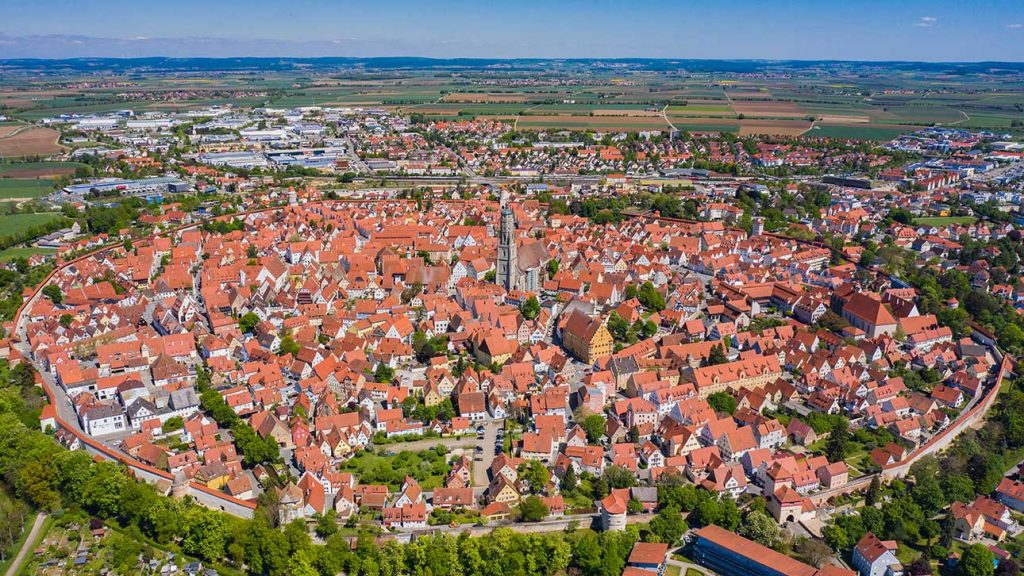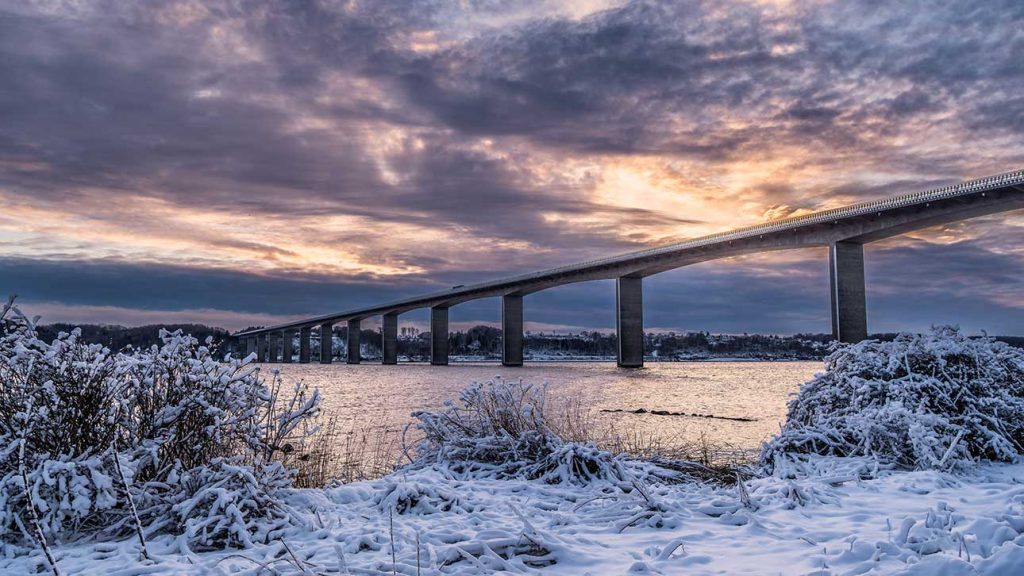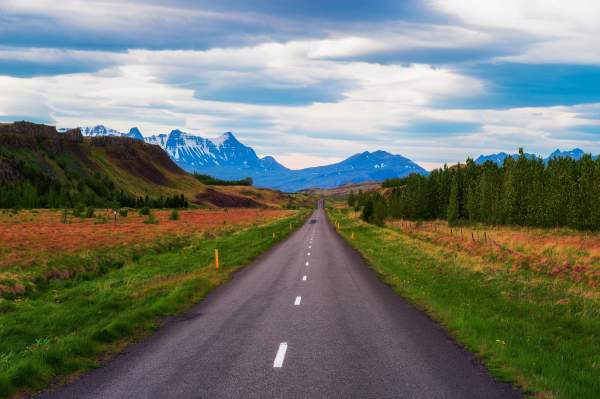Tour.
Norway, Finland, Sweden, Denmark, Germany, Austria and Italy.
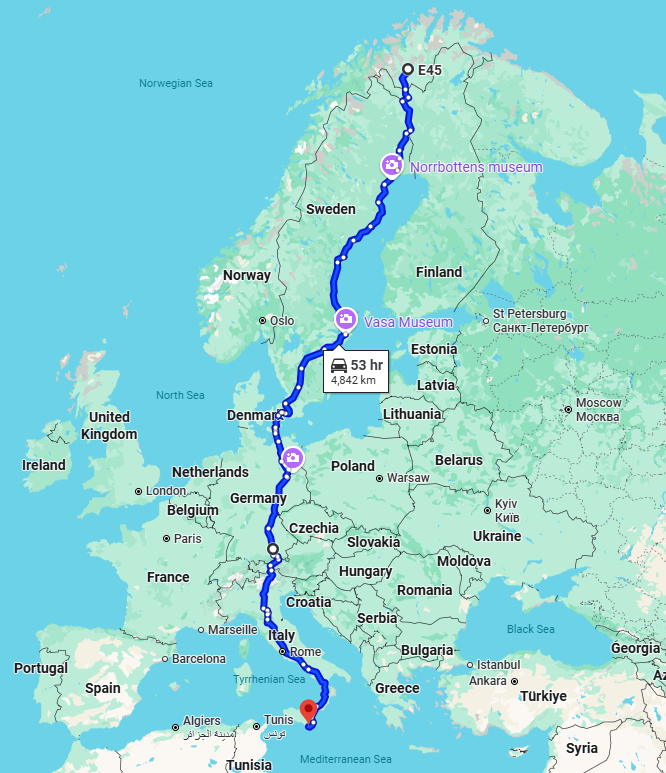
- Length: 3225 miles
- Time: Nine days to two weeks
- Start and End:
- Suitability: Any bike A2 and above
Note:
This route has tolls.
This route includes a ferry.
This route crosses through multiple countries/regions.
E45.
The European route E45 connects Norway and Italy, through Finland, Sweden, Denmark, Germany and Austria.
The European Route E45 is one of the most extensive north-south routes in Europe, stretching from the Arctic Circle down to the heart of Italy. It offers a scenic journey through varied landscapes, rich cultural history, and diverse climates. Whether you’re planning a road trip, curious about Europe’s highway systems, or simply interested in exploring new routes, this guide will provide comprehensive information about the E45.
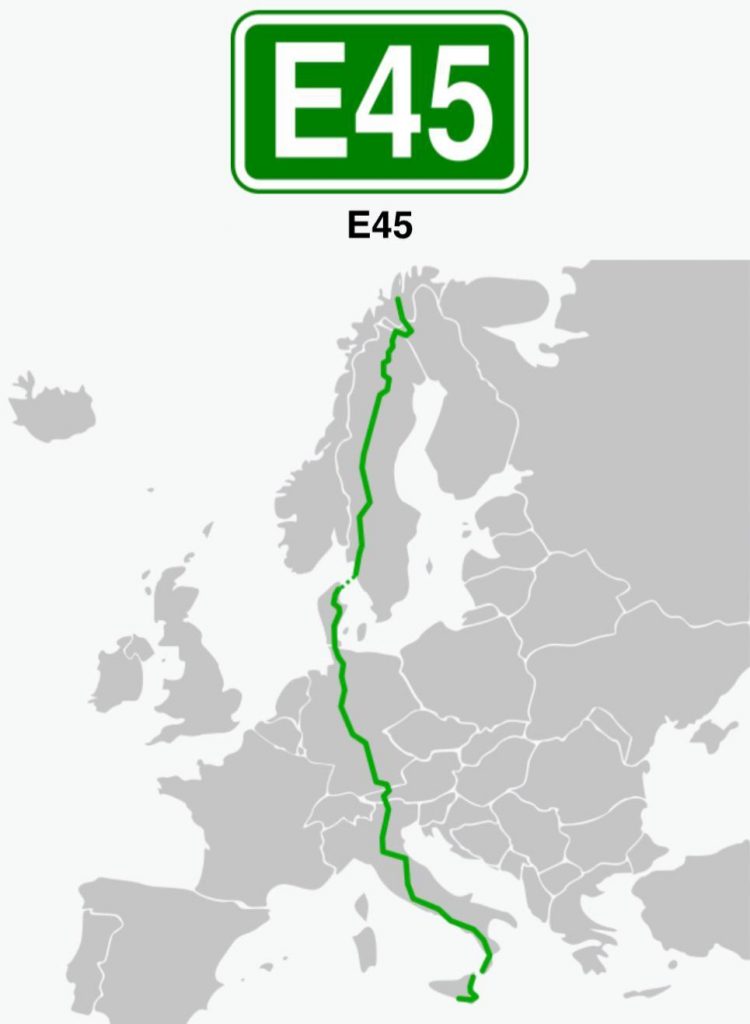
The European Route E45 is one of the most extensive north-south routes in Europe, stretching from the Arctic Circle down to the heart of Italy. It offers a scenic journey through varied landscapes, rich cultural history, and diverse climates. Whether you’re planning a road trip, curious about Europe’s highway systems, or simply interested in exploring new routes, this guide will provide comprehensive information about the E45.
The route passes through (Norway) – Kautokeino – Hetta (Finland) – Palojoensuu – Kaaresuvanto – Gällivare (Sweden) – Porjus – Jokkmokk – Arvidsjaur – Östersund – Mora – Säffle – Åmål – Brålanda – Gothenburg – Frederikshavn (Denmark) – Aalborg – Randers – Aarhus – Skanderborg – Vejle – Kolding – Frøslev – Flensburg (Germany) – Hamburg – Hanover – Hildesheim – Göttingen – Kassel – Fulda – Würzburg – Nuremberg – Munich – Rosenheim – Wörgl (Austria) – Innsbruck – Brenner – Fortezza (Italy) – Bolzano – Trento – Verona – Modena – Bologna – Cesena – Perugia – Fiano Romano – Naples – Salerno – Sicignano – Cosenza – Villa San Giovanni – Messina – Catania – Siracusa – Gela.
Where does the E45 begin and end?
The E45 starts in Alta, Norway, located in the Arctic Circle, and stretches all the way to Gela, Italy, in Sicily. This means that travellers can experience the striking contrast between the Arctic tundra and the Mediterranean coastline on a single journey.
What makes the European Route E45 unique?
The European Route E45 is unique because it offers a truly diverse experience of European geography and culture. From the cold, sparsely populated northern Norway, the lush forests of Sweden, to the medieval towns of Denmark and the scenic Alps of Austria, travelers are treated to a variety of landscapes. Additionally, in Italy, the journey takes you through historically significant cities with impressive architecture and rich cultural heritage, ending at the warm Sicilian coastline.
How long does it take to drive the E45?
Driving the entire length of the E45 would take approximately 55 to 60 hours of continuous driving, assuming no traffic delays or extended stops. However, most travellers take several days or even weeks to fully explore the route, stopping to visit cities, explore natural landmarks, and enjoy local cuisine along the way.
Is the E45 suitable for a road trip?
Yes! The E45 is ideal for a road trip, offering numerous points of interest and beautiful scenery along the way. Road conditions are generally good, with well-maintained highways in all the countries it passes through. However, travelers should be prepared for varying weather conditions, especially when passing through northern Norway or the Alps.
Are there tolls on the E45?
Tolls may be encountered in some countries along the E45, particularly in Italy and Austria. In Italy, for example, the toll rates depend on the vehicle type and the distance travelled. In Austria, you are required to buy a vignette (a toll sticker) to use the highways. Be sure to check each country’s toll regulations before setting off.
What are the speed limits on the E45?
Speed limits vary depending on the country:
- Norway and Sweden: The speed limit is generally 80–100 km/h (50-62 mph) outside urban areas.
- Denmark and Germany: Speed limits are typically 110–130 km/h (68-80 mph) on highways, though Germany has sections of the Autobahn with no specific speed limits.
- Austria and Italy: Speed limits on highways range from 100-130 km/h (62-80 mph).
Always pay attention to local speed signs and regulations, as speed limits can vary depending on road conditions and the weather.
What are the best places to stop along the E45?
There are many fascinating stops along the European Route E45. Some highlights include:
- Tromsø, Norway: Known as the gateway to the Arctic, it’s a great place for viewing the Northern Lights.
- Östersund, Sweden: A charming city located near Lake Storsjön, known for its natural beauty.
- Hamburg, Germany: A major port city with rich history, lively nightlife, and impressive architecture.
- Innsbruck, Austria: A city nestled in the Alps, perfect for those interested in skiing or exploring Alpine culture.
- Verona, Italy: Famous for its Roman amphitheater and association with Shakespeare’s Romeo and Juliet.
Can I ride the E45 in winter?
Yes, but winter driving on the northern parts of the E45, especially in Norway and Sweden, requires caution. These areas can experience heavy snowfall, icy roads, and reduced daylight hours in the winter months. Make sure your vehicle is equipped for winter driving, with snow tires or chains, and check weather conditions before setting off.
What kind of fuel stations and amenities are available along the route?
Fuel stations are plentiful along the E45, especially in Sweden, Denmark, Germany, and Italy. In the more remote areas of Norway, you might encounter fewer stations, so it’s wise to plan your stops accordingly. Many fuel stations offer convenience stores with snacks, meals, and basic supplies, and you’ll find larger rest stops with restaurants, restrooms, and Wi-Fi in most countries.
